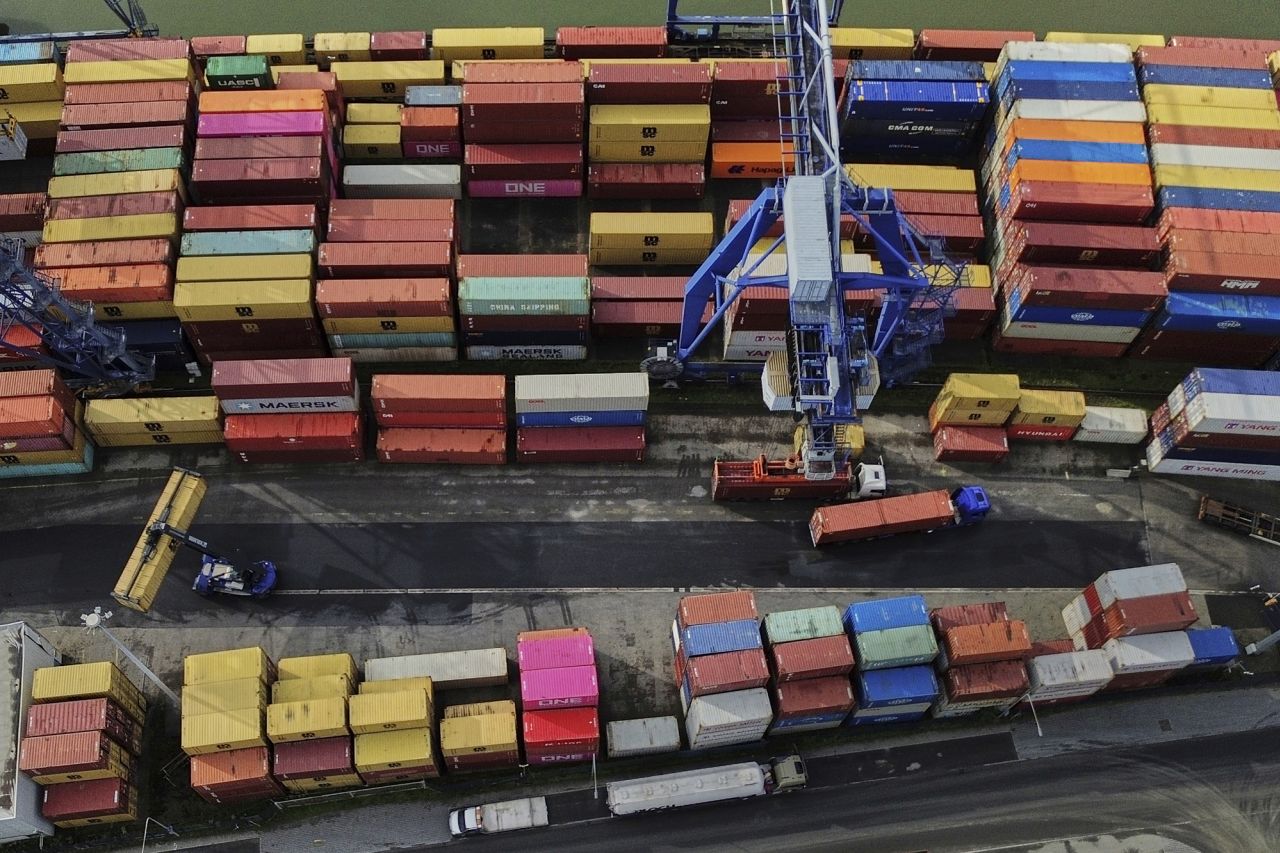In a dramatic late-night post, former U.S. President Donald Trump took to Truth Social with an all-caps message:
“IT’S MIDNIGHT!!! BILLIONS OF DOLLARS IN TARIFFS ARE NOW FLOWING INTO THE UNITED STATES OF AMERICA!”
This bold statement is already making waves across political, economic, and global trade circles. But what exactly does it mean—and how might it impact the U.S., its trade partners, and consumers?
What Are Tariffs?
Tariffs are taxes imposed on imported goods, typically used to:
- Protect domestic industries
- Punish unfair trade practices
- Generate government revenue
Trump has long championed tariffs as a key tool in reshaping global trade, especially with countries like China, India, Mexico, and others he sees as taking advantage of U.S. trade policies.
Why the Midnight Announcement Matters
The midnight timing suggests that a new wave of tariffs has just gone into effect, potentially under previously set executive orders or policies passed by trade authorities. These could apply to goods such as:
- Steel and aluminum
- Electronics
- Consumer goods
- Automobiles
- Textile and leather imports
Billions in tariff revenue may now be entering the U.S. Treasury—but not without consequences.
Potential Impacts
🏭
American Manufacturers
U.S. manufacturers competing with cheaper imports may benefit from reduced competition, encouraging local production and job growth.
🛒
Consumers
Tariffs often lead to higher prices on everyday goods, from electronics to clothing. U.S. shoppers might feel the pinch in the months to come.
🌍
Global Trade Relations
Countries hit by new tariffs may retaliate with their own duties, which could escalate into trade wars, affecting diplomatic and economic relations.
💼
Businesses
Import-heavy industries could see rising operational costs, supply chain disruptions, and uncertain planning cycles.
Trump’s 2024 Strategy?
This tariff-centric messaging aligns with Trump’s broader “America First” economic agenda—a likely cornerstone of his 2024 campaign. If elected, Trump is expected to double down on protectionist trade policies, reshaping how the U.S. engages with global partners.
Final Thoughts
Trump’s midnight declaration signals more than just a change in trade policy—it reflects a political strategy aimed at reviving domestic industry, curbing foreign dependence, and energizing his base. While supporters cheer the economic nationalism, critics warn of inflation, strained alliances, and supply chain chaos.
As the 2024 election approaches, expect trade policy to remain a hot-button issue—and keep an eye on how these new tariffs ripple through the global economy.








